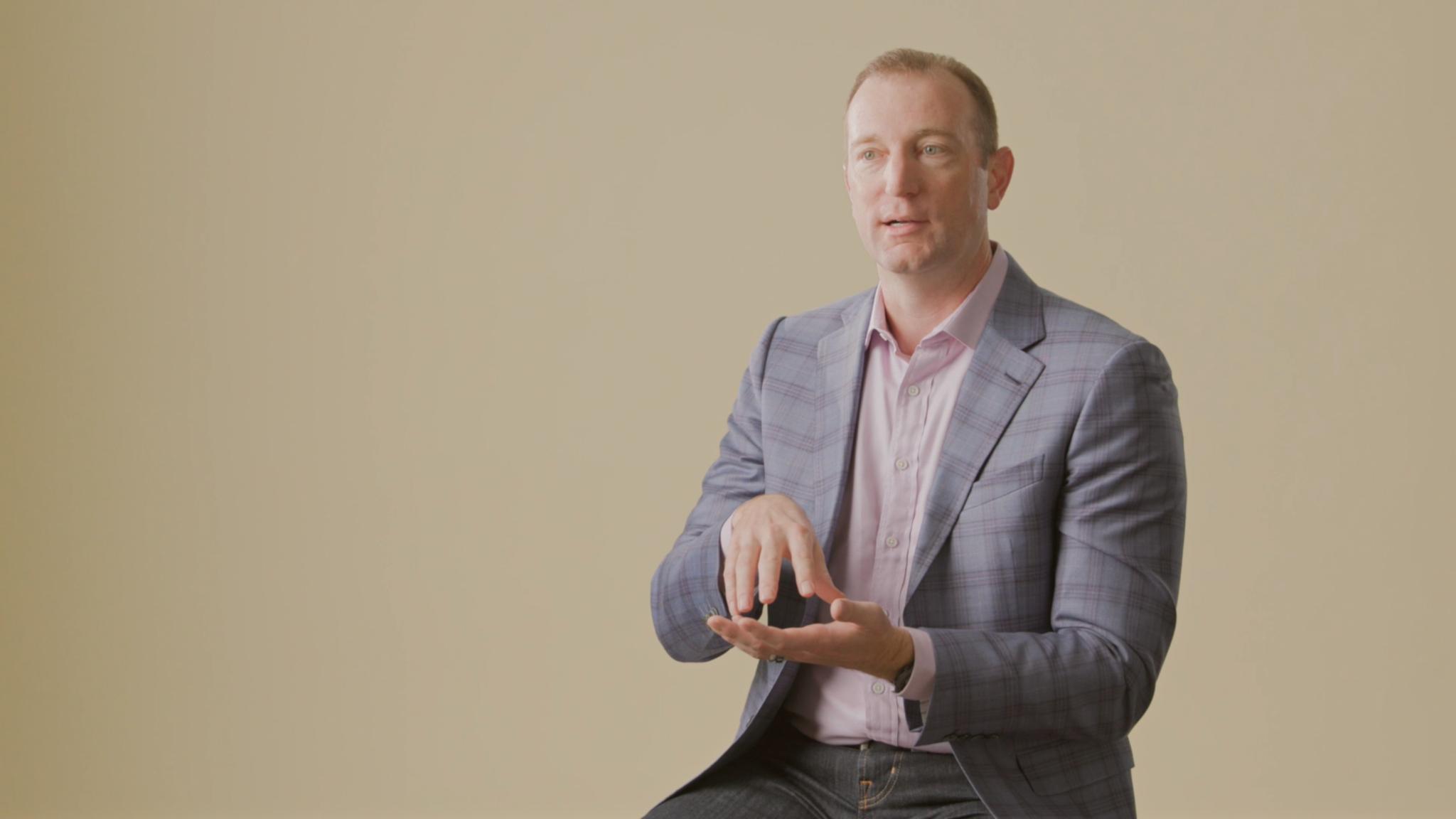
Brad Arkin, chief trust officer at Salesforce, has seen firsthand how AI supercharges the bad guys — but also how it can dramatically strengthen corporate defenses, from fraud detection to real-time physical security monitoring. In this interview, Arkin explains how his team uses AI to spot threats and automate solutions at scale. He also shares what startup founders should and shouldn’t do when trying to engage with a company like Salesforce.
Q: Let’s start with the threat landscape. How are bad actors using AI to raise the stakes for enterprise security?
Brad Arkin: I think about this as “AI against me.” When I think about the bad guys that are using AI against us right now, there’s lots of innovation. So, kudos, bad guys. But most of what's happening was always feasible. Now, it’s just implemented a little bit better.
One example is people pretending to be the CFO. Now they do it not just with a screenshot on a WhatsApp account, but with a voice memo that’s in her voice, with her cadence, perfectly executed using AI tools. Even though AI is making it more compelling and more credible, at the end of the day, it’s a very familiar attack. But the number of people that can convincingly pull off an imitation of her voice is everybody.
So if that’s AI “against you,” what does AI “for you” look like? How are you using it to make your security operations stronger?
At our annual Dreamforce conference in San Francisco this year, we were using AI for physical security. We had more than 45,000 people and thousands of video cameras. In the old days, we would only go back and look at the video feeds after we knew an incident had happened. Now, we’re using AI tools to scan every single video feed live in real time, looking for things like smoke, someone on the ground, or a weapon.
Surprisingly, people end up on the ground quite often when you have that many folks. Most often, it’s someone in a booth running a cable or something — a benign cause — but now, you catch every single time it happens! The AI tool will see the person on the ground, do a 10-second clip, draw a box around the person, send it on Slack to a channel that people are monitoring, and then they can look at it and say, “Yep, that guy’s running a cable, not a problem.”
But you could also have someone with a medical event, or some other emergency, and we could be there in seconds.
Is there anything else AI can do to help tighten security on the backend?
We have these lists of security technical debt: things that we want to make better. The idea that we could chew through projects faster with AI, that it can get through projects in one month that might’ve taken nine — that’s the dream.
Are these tools being built in-house, or are you looking externally for solutions?
We do a lot of DIY. We have a lot of hardcore nerds on the team whose first instinct is to get the keyboard out and start building.
But I also love meeting with startups. For me, the big focus is how do they understand the problem? The most interesting part of that conversation is the way they define the problem and draw boundaries around what they’re trying to solve. And then I bring that back to my team and ask them, “What are we doing about this?”
What advice do you have for founders who want to get in front of you?
Don’t cold email me. A warm introduction is the best way. Even an interview with a founder on a podcast I listen to, that counts as a trusted source! But usually a warm introduction from a contact or a friend at Wing will text me and say, “Does this seem interesting to you? Would you want an introduction?”
A lot of the investment community becomes a source of information flow to me about things that they’re excited about. They know what my job’s like, and what I care about, so they provide a good filter.
What about when you do connect? What kinds of conversations resonate?
I have the most fun when I’m interacting with somebody who’s coming from a technical, problem-solving place. If someone’s trying to solve a problem which I don’t believe in or I don’t think is relevant in my environment, then that’s a very fast no. And a lot of times, they’ll nail the problem, but then their proposed solution doesn’t scale. Or sometimes people have very unrealistic expectations.
But if the problem is right, the solution makes sense, and the business model works for a company at my scale, those are ingredients for something that can lead to a good outcome.



